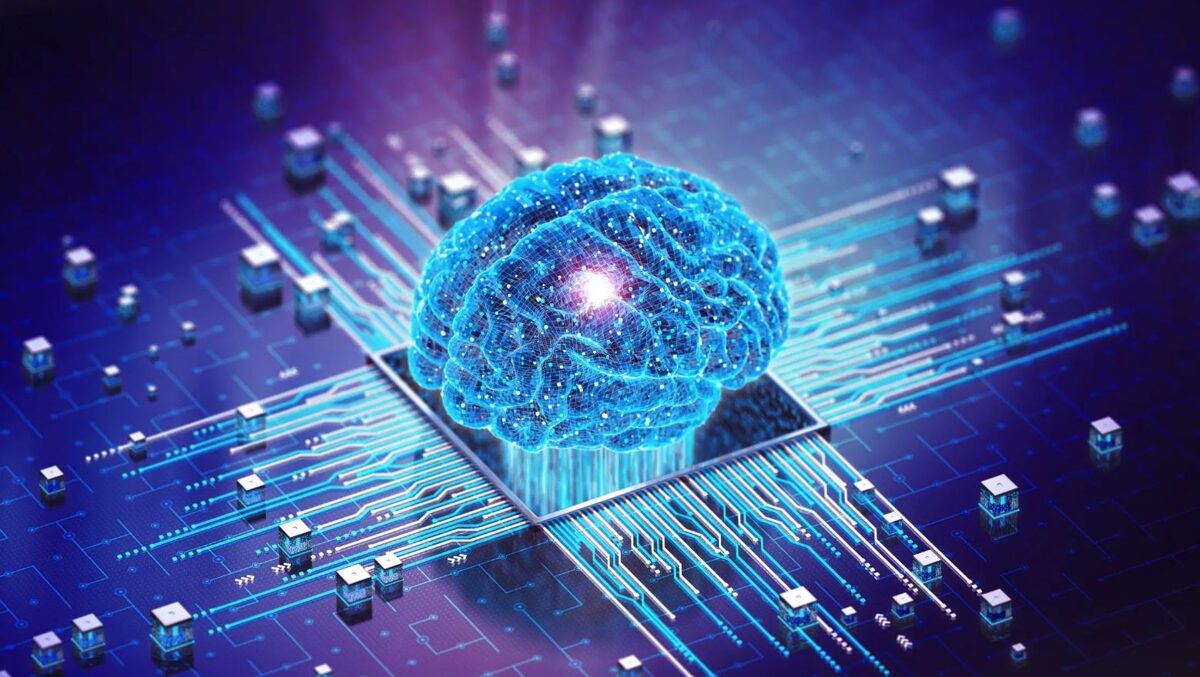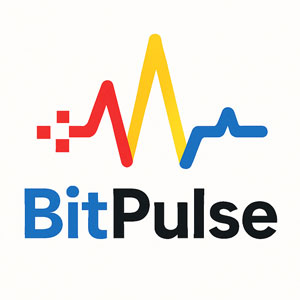The Rising Power of Neural Interfaces
The Future of Human-Machine Interaction

Technology has always been about extending human capabilities. From the first tools carved from stone to the smartphones in our pockets, every innovation has aimed to make life easier, faster, and more connected. Today, one of the most ambitious frontiers in technology is the development of neural interfaces, systems that create a direct communication link between the human brain and external devices. This is not science fiction anymore. It is a rapidly advancing field with implications that could transform how we live, work, and experience the world.
What Are Neural Interfaces?
Neural interfaces, also known as brain-computer interfaces (BCIs), are technologies that enable direct interaction between the brain and machines without the need for traditional input methods like keyboards or touchscreens. These systems interpret electrical signals generated by neurons and translate them into commands that devices can understand.
The concept may sound futuristic, but the foundation is already here. Medical applications such as cochlear implants and deep brain stimulators have been used for years to restore hearing or manage conditions like Parkinson’s disease. Recent breakthroughs are pushing beyond medical use, opening possibilities for everyday interaction with digital systems.
How Do They Work?
At the core of neural interfaces are sensors that detect neural activity. These signals are then processed using advanced algorithms, often powered by machine learning, to decode patterns and translate them into actionable instructions. Depending on the system, the interface can be invasive, involving implanted electrodes, or non-invasive, relying on external devices like EEG headsets.
The invasive approach offers higher accuracy and faster response times but comes with surgical risks. Non-invasive systems are safer but face challenges in signal clarity. Researchers are working to improve both methods to achieve seamless integration between mind and machine.
Potential Applications
The range of potential applications for neural interfaces is astonishing. In healthcare, BCIs could help restore mobility to patients with paralysis by enabling them to control prosthetic limbs with their thoughts. Communication systems for individuals with speech impairments could allow words to be formed directly from neural signals, bypassing traditional language pathways entirely.
Beyond healthcare, the technology has implications for gaming, virtual reality, and even work productivity. Imagine being able to design complex structures, control robots, or navigate digital environments using only your thoughts. Neural interfaces could redefine human-computer interaction and eliminate the barriers of physical input devices.
Challenges and Ethical Considerations
As with any transformative technology, neural interfaces come with significant challenges. Technical limitations like signal accuracy, device size, and power consumption must be addressed. There are also questions about privacy and security. If thoughts can be decoded, how do we prevent unauthorized access? Who owns the data generated by the human brain?
Ethics play a major role in shaping this future. The idea of reading or influencing neural activity raises profound concerns about consent and autonomy. These issues must be carefully managed through regulations and transparent innovation practices.
The Road Ahead
The journey toward widespread adoption of neural interfaces will take time, but the progress is undeniable. Tech companies and research institutions are investing heavily in this area, and prototypes are already demonstrating real-world functionality. As artificial intelligence advances, its integration with BCIs could create systems that learn from and adapt to users in unprecedented ways.
The ultimate vision is a world where the boundary between human cognition and digital systems becomes almost invisible. Such a reality could revolutionize how we learn, work, and connect. It could also blur the line between biological and artificial intelligence, sparking new debates about what it means to be human in a hyper-connected era.
At BitPulse, we believe that neural interfaces represent not just a technological shift but a philosophical one. They invite us to imagine a future where our thoughts are no longer private actions but active tools for shaping reality. Whether that future excites or unsettles you, one thing is certain: it is coming faster than most of us expect.
